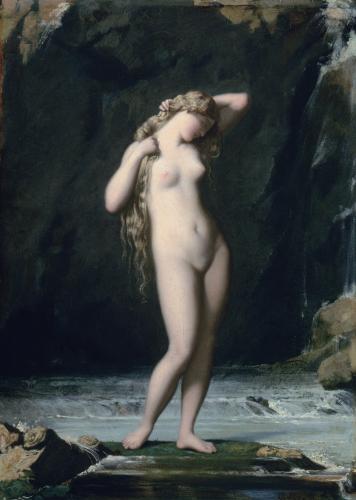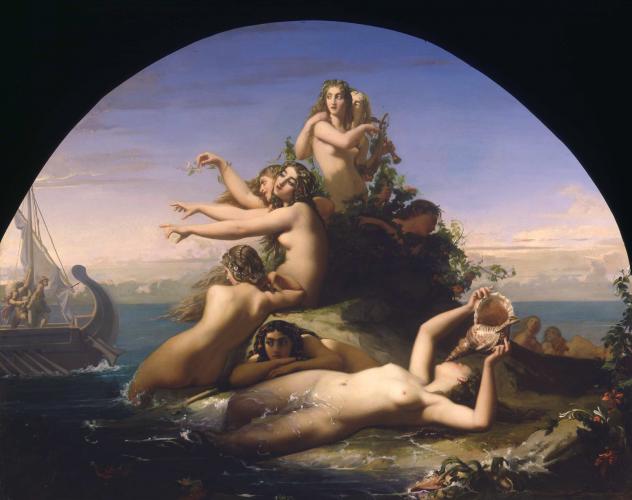Henri Lehmann
Place Born
KielPlace Died
ParisBio
Henri Lehmann, one of J.-A.-D. Ingres’ most accomplished pupils, approached his master in the skill of his draftsmanship and the range of his abilities. Lehmann received his earliest artistic training from his father Leo, a portrait and miniature painter, and local Hamburg painters G. Hardoff and A. Bendixen. He arrived in Paris in 1831 at the age of seventeen and joined Ingres’ studio at the recommendation of his family’s friend Baron Gérard. He maintained his ties with Germany and with his fellow German artists who, like him, admired classical art and the newly appreciated art of the Italian and German primitives of the early Renaissance. Lehmann’s first Salon submissions in 1835 were a religious subject and three portraits, and he won a second class medal. He continued painting in these genres throughout his life, and also painted many historical, allegorical and literary paintings, from sources including classical mythology, Shakespeare, and contemporary writers.
Lehmann resumed his artistic education in Rome where he lived from 1838 through 1841 and worked closely with Ingres who was now the director of the French Academy. His very rigorous training was strengthened through his exposure there to High Renaissance Italian painting and classical monuments. In 1842 Lehmann returned to Paris where he became a French citizen and lived for the rest of his life. He was welcomed into fashionable and cultural society and memorably portrayed many of its members in his incisive portraits. He exhibited frequently at the Salon, received many government and church decorative commissions and was accorded the honors of membership in the Institut and a professorship at the école des Beaux-Arts where he founded the Lehmann Prize to recognize academic excellence in students.



